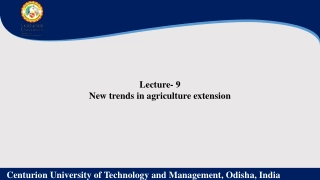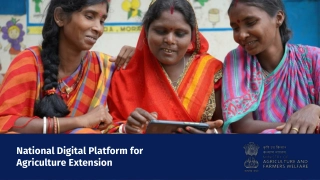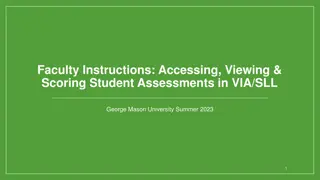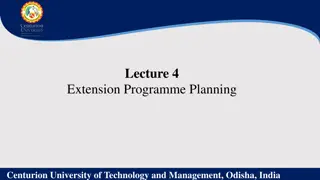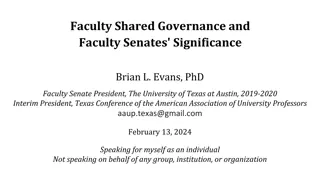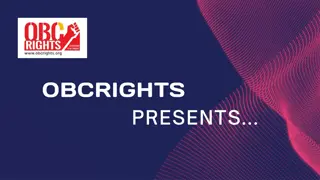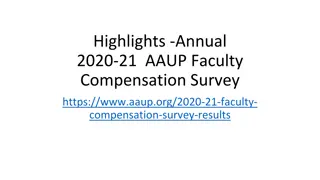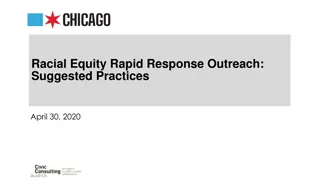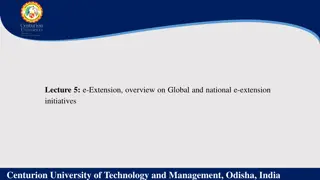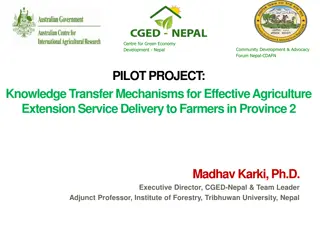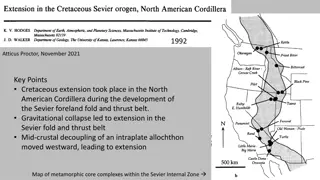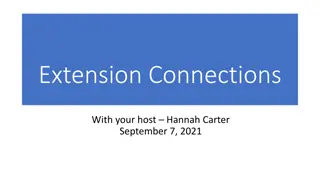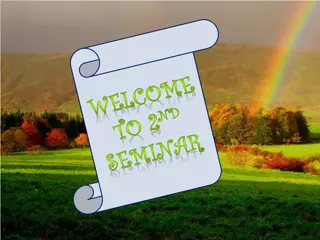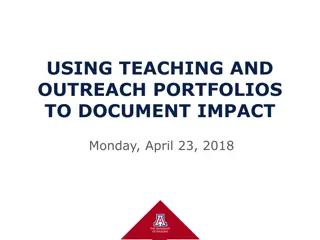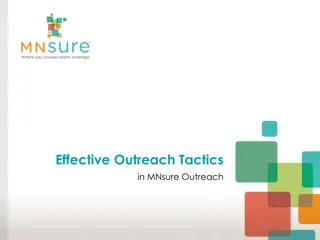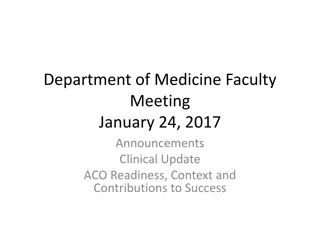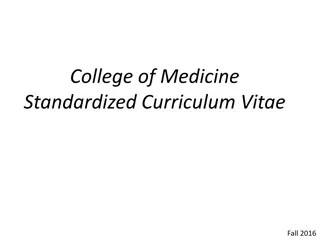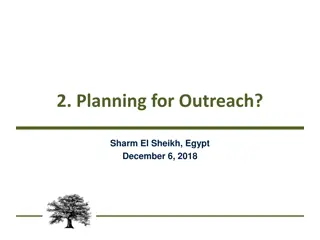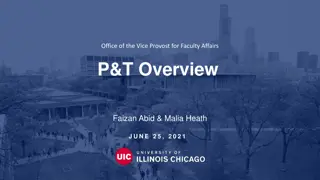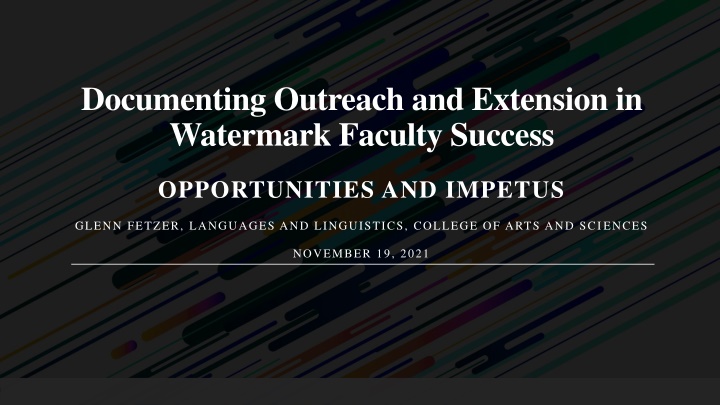
Watermark Faculty Success: Outreach and Extension Documentation
Learn about the importance of faculty participation in documenting outreach and extension activities using Watermark, impacting department grades and budget allocations. Discover how Watermark serves as a tool for recording activities for faculty reviews and resource management.
Uploaded on | 0 Views
Download Presentation

Please find below an Image/Link to download the presentation.
The content on the website is provided AS IS for your information and personal use only. It may not be sold, licensed, or shared on other websites without obtaining consent from the author. If you encounter any issues during the download, it is possible that the publisher has removed the file from their server.
You are allowed to download the files provided on this website for personal or commercial use, subject to the condition that they are used lawfully. All files are the property of their respective owners.
The content on the website is provided AS IS for your information and personal use only. It may not be sold, licensed, or shared on other websites without obtaining consent from the author.
E N D
Presentation Transcript
Documenting Outreach and Extension in Watermark Faculty Success OPPORTUNITIES AND IMPETUS GLENN FETZER, LANGUAGES AND LINGUISTICS, COLLEGE OF ARTS AND SCIENCES NOVEMBER 19, 2021
A great deal hinges on the faculty's active participation in entering data. The entire Goal Card Process (and this is from the "Goal Card 2" document from the May 19, 2021 Retreat) makes it clear that the department Goal Card grades and, in turn, the college Goal Card grades are taken into consideration when the budgets for the following year are submitted. The impetus for faculty submission to the Outreach / Extension / Volunteerism tabs is apparent. CONTEXT
Watermark now serves as the tool for recording 1) those activities that serve the individual faculty member's Annual Performance Review and P&T review; and 2) all activities that might positively impact the department's grade and, by extension, resources. USES OF WATERMARK
Thus, even if the faculty member has not allotted weight to Outreach in their Allocation of Effort, they should still enter activities. IMPLICATIONS FOR FACULTY
The revised rubrics include not only tabs for Outreach, Extension but also for Volunteerism. CHANGES IN THE OUTREACH TABS
Volunteerism has been added to boost the score of the institution in the Carnegie Community Engagement Classification. ADDITION OF ANOTHER METRIC
Faculty are encouraged to include not only their activities in Outreach and in Extension but also those stemming from their volunteer work. Outreach and Extension emanates from our employment at NMSU. This category reflects our outward-facing activities that derive from our profession and employment. Volunteer work (think picking up trash along the highway, serving as a neighboring block captain, helping with a child's scout troop, serving in a local religious organization, or work in a soup kitchen, etc.) is an extension of our being decent persons and good citizens. DISTINCTION BETWEEN OUTREACH AND VOLUNTEER WORK
Some activities may be dual-entered: service activities may also count for outreach, just as pertinent activities in teaching, in scholarship and research may also apply to outreach. For instance, serving on the editorial board of a journal can be both service and outreach, as can serving on a band competition jury, writing an endorsement for someone's book, holding an office in a professional association or being a member of a state / regional / national committee. These (and many other activities) can be outreach as long as they show a public-facing dimension of one s profession and of NMSU. DUAL APPLICABILITY OF ACTIVITIES
For each tab under Outreach, Extension, and Volunteerism, faculty have the opportunity to write a justification for including the activity under that rubric. These justifications provide the means to tell one s story in Outreach and to indicate impact. TELLING ONE S STORY AND DEMONSTRATING IMPACT
For review purposes, attention is given to those activities that align with the faculty member s AoE. Double-entered items are valuable for institutional goals and to enhance the unit s grade. ANNUAL REVIEW / P&T PURPOSES / UNIVERSITY CAPTURING OF INFORMATION FOR BROADER CONCERNS.

